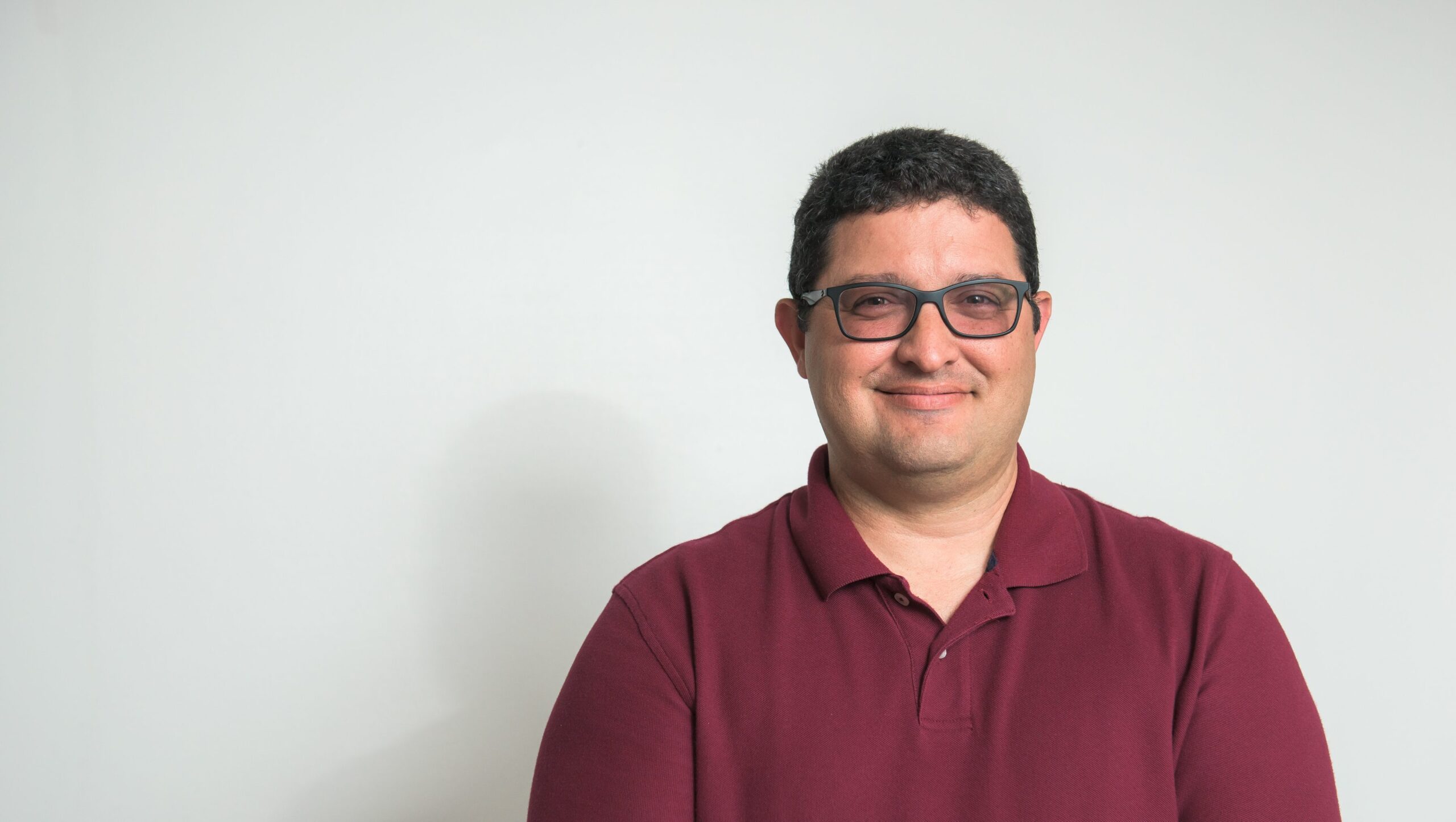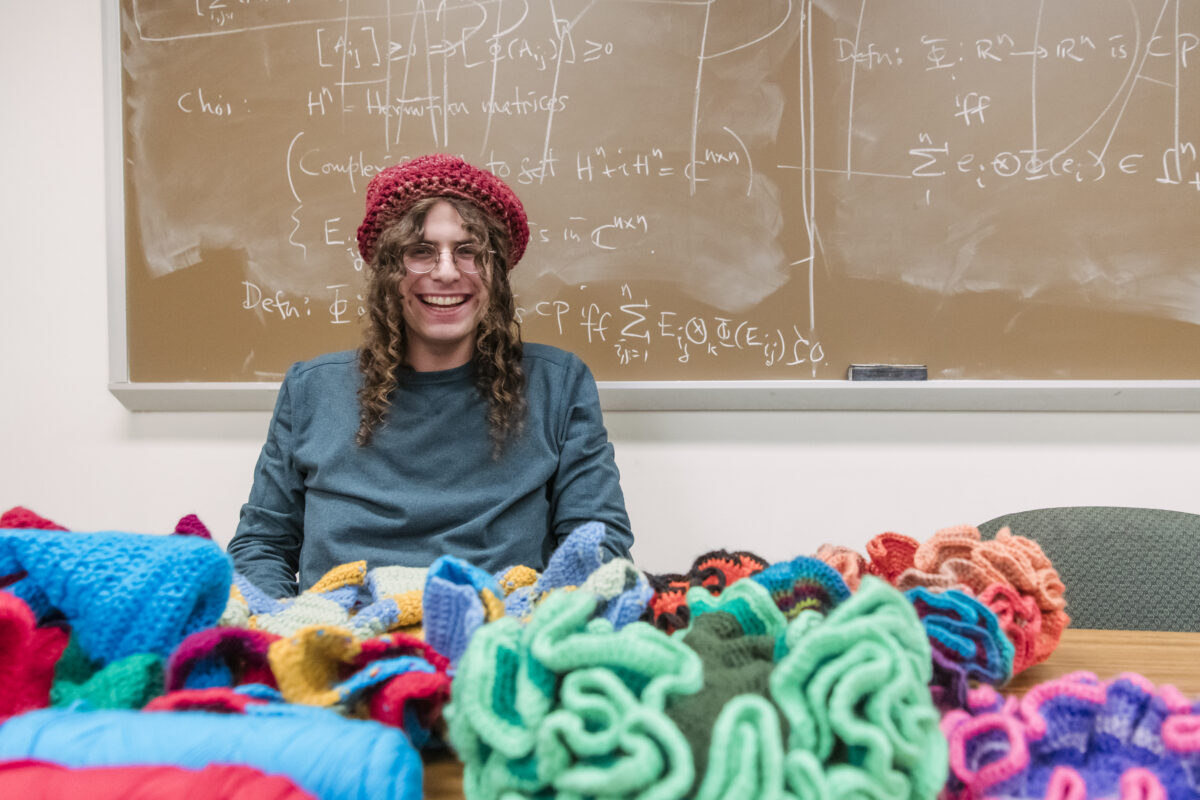UMBC’s demonstrated strength in supporting students from underrepresented groups on their path to success in STEM fields has earned the university another round of funding for STEM education. The National Oceanic and Atmospheric Administration (NOAA) just renewed its support for UMBC through the Educational Partnership Program with Minority Serving Institutions (EPP/MSI) for the third time since the program’s inception in 2001.
The EPP/MSI funds four cooperative science centers, each consisting of several institutions and focusing on one of NOAA’s four core research areas. UMBC has been a member of the NOAA Center for Remote Sensing Science and Technologies, led by the City University of New York, since 2001. This year Howard University, which heads the NOAA Center for Atmospheric Sciences and Meteorology, recruited UMBC to join its team as well.
“Our main goal is to educate and train underrepresented minority students to become the next NOAA workforce,” says Ruben Delgado, the lead on UMBC’s remote sensing EPP/MSI grant since 2011 and research scientist at UMBC’s Joint Center for Earth Systems Technology (JCET).
Delgado is proud of the interdisciplinary nature of the program, which currently supports undergraduate and graduate students in physics, geography and environmental systems, computer science, mechanical engineering, biological sciences, and chemical engineering. The program, he says, bridges the gap between scientists and engineers and promotes a feeling of unity among diverse individuals, “because they’re all talking science and engineering.”
NOAA provides $11.9 million per year across all four cooperative centers, each of which includes several schools. UMBC receives approximately $330,000 per year through the NOAA grant. Almost 70 percent of it goes directly toward student stipends and costs associated with presenting research at conferences, like travel and registration.
NOAA-funded students at UMBC tackle research topics in areas such as weather forecasting, wind energy, and air quality. The cooperative center structure allows students and faculty to collaborate across institutions and share resources such as instrumentation, data, and expertise.
For example, with remote sensing equipment, “We can monitor the long-range transport of pollution,” says Delgado. That includes smoke from fires in Alaska and Canada or dust coming from China or the Sahara Desert. Students learn to interpret the remote sensing data, and those also involved in his group’s Smog Blog project learn how to explain their findings to non-scientists.
“The program allows our students to be at the forefront of what NOAA is doing,” says Delgado, so when they graduate, “they are on the right track for professional careers at places like NOAA.”
But the program goes deeper than that. Delgado works hard to provide his students “opportunities to strengthen their weaknesses and build on their strengths.” He empowers them to make a real difference as researchers, with the goal that they carry that attitude beyond UMBC.
“You don’t come here to do glasswork and clean the lab,” Delgado explains. “From day one you are conducting cutting edge science and engineering.”
Image: Ruben Delgado; photo by Marlayna Demond ’11 for UMBC.
Tags: Biology, CBEE, CNMS, COEIT, CSEE, GES, JCET, MechE, Physics




